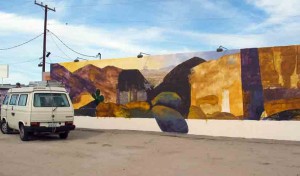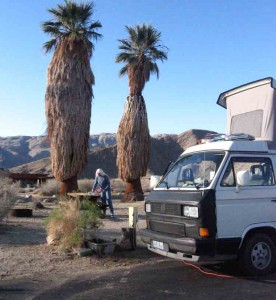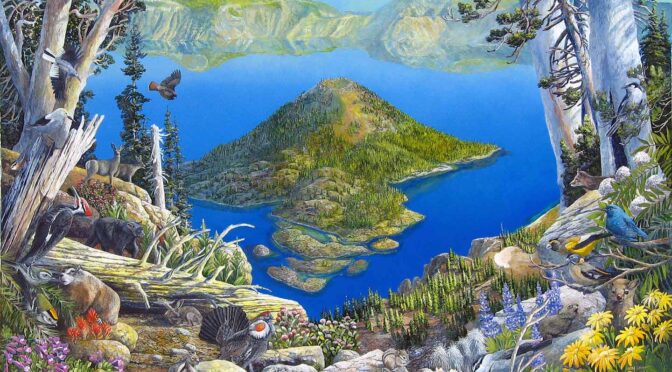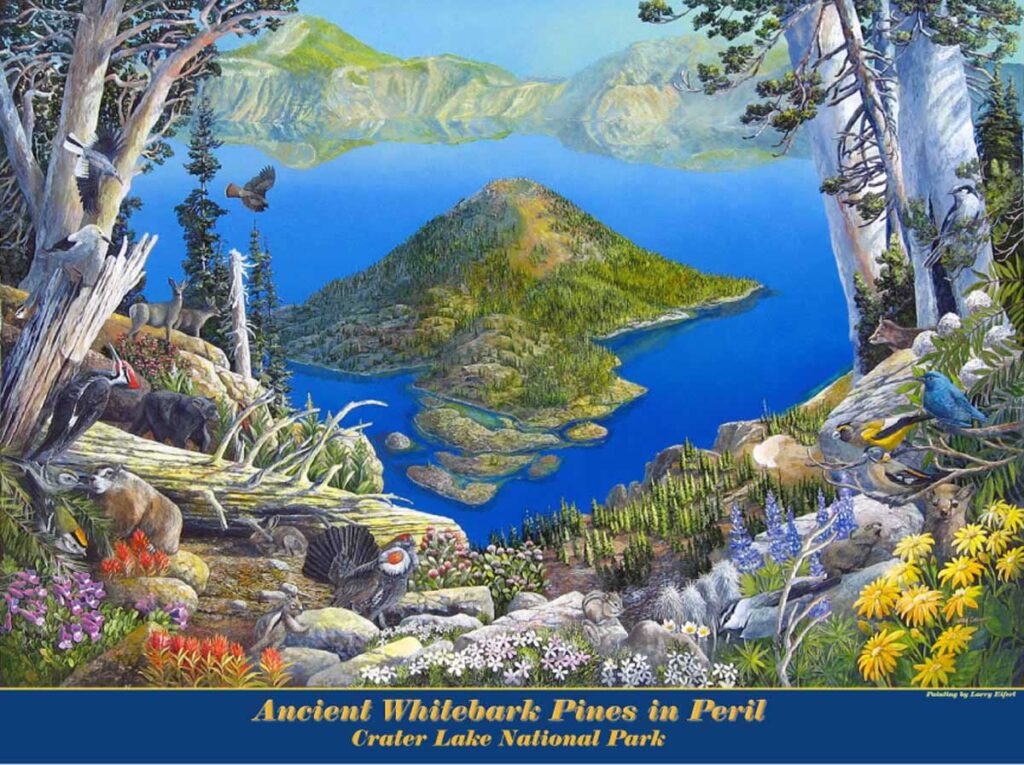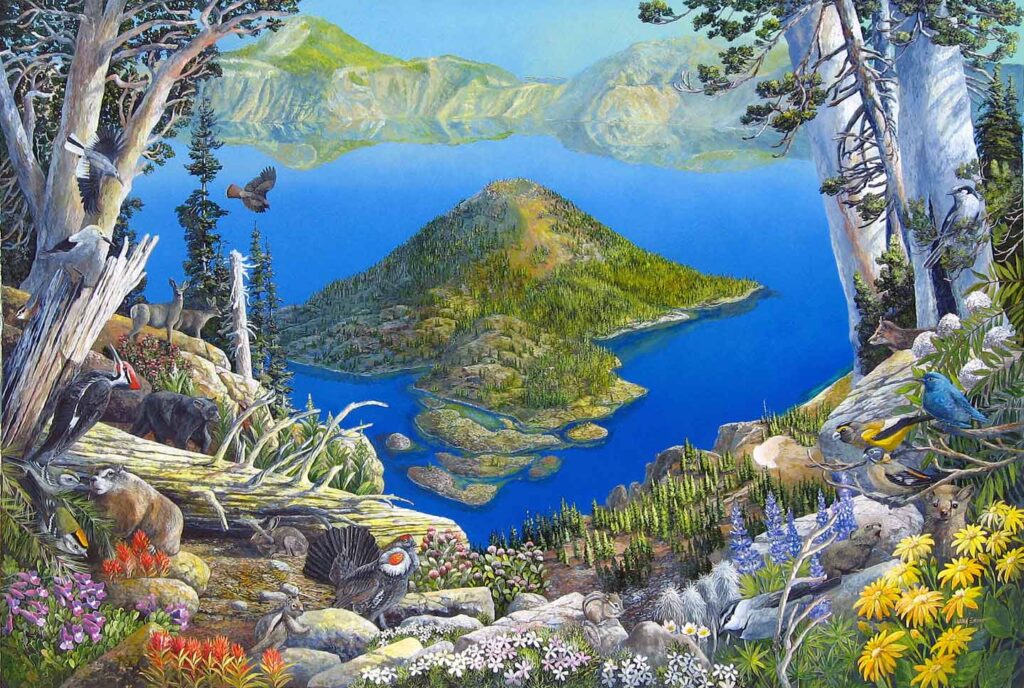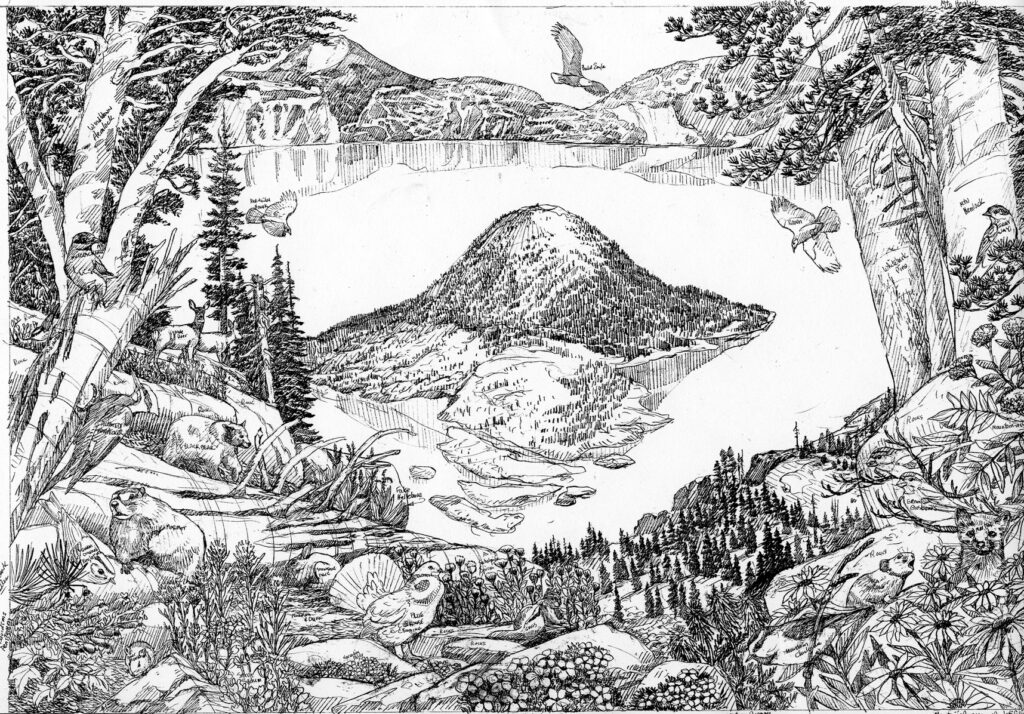Painted just last year, my two best friends, “Vanna White” and Nancy in an interpretive painting for Olympic National Park. For decades to come, visitors will see but not fully understand what this painting represents to us.
I’m greaving today over a separation from my second best friend, “Vanna White”. For 20 years and a third of a million miles, as a research vehicle I’ve driven this VW Westfalia Camper to just about every park in the Western United States. We’ve camped in her in places you wouldn’t think a 2-wheeled car could go, talked to her like a person, and some people thought I would be buried in her – a ready-made coffin!
One favorite story is the burned-up water pump-event north of Bakersfield. We got her stopped before the engine blew up, and were hauled into town by a good-hearted Chicano tow operator. Saturday night, all shops were closed (and there’s almost no civilized camping in Bakerfield), so he took us over to a friend’s house for the night, where we slept in the driveway in a neighborhood filled with Spanish-speaking kids and dogs. Early morning, our new friend found a pump somewhere and had it in by nightfall – and event that included tasty food being brought over by the neighbors. I remember lots of fried chicken and lots of kids, all very interested in who we were and what we did. Vanna was like that – drawing a crowd no matter where we landed.
Now, while my Dad would buy a new car every three years no matter what, we camped more times than I can count in Vanna during the past 7,300 days, from Mexican beaches to Banff in the Canadian Rockies. I wrote park guides in her, painted watercolors on picnic tables and woke up with snow on the roof. Burning through 17,000 gallons of gas, most parts were replaced as we went along. Cosmetic surgery and new paint (by me – after all, I am an artist and own a spray rig), but also a new engine, transmission, three clutches, four or five water pumps, three stereos and more carpets than I can remember. And, like another Vanna White we all have known for decades, she just never seemed to age!
2006: Here’s Vanna next to a 90′ mural we were working on in 29 Palms California. We painted two murals here, a decade apart, and Vanna was there both times.
And so, after driving her a distance of from here to the Moon and half way back, we recently decided to find her a new home. It didn’t take long! Just a couple of days on Craigs List and yesterday Vanna went off to Portland with a delightful younger couple who, we’re sure, will have the time of their lives continuing on with this same boundless spirit of adventure. AND, I’ve been told of a local support group I can go to of former Westfalia owners.
And why did we do this heart-wrenching thing? Well, we now have a little Scamp trailer waiting for us in the Tampa area. That’ll be a 6,600 mile trip to bring her home – and a good start on the next 340,000-mile adventure!
Vanna on her last adventure with us. California’s Anza Borrego Desert State Park, December 2009.
Thanks for reading this week.
Larry Eifert
Click here to go to our main website – packed with jigsaw puzzles, prints, interpretive portfolios and lots of other stuff.
Click here to check out what Nancy’s currently working on with her photography.
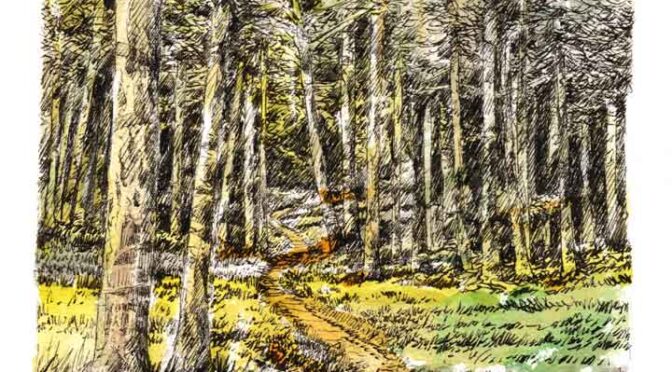

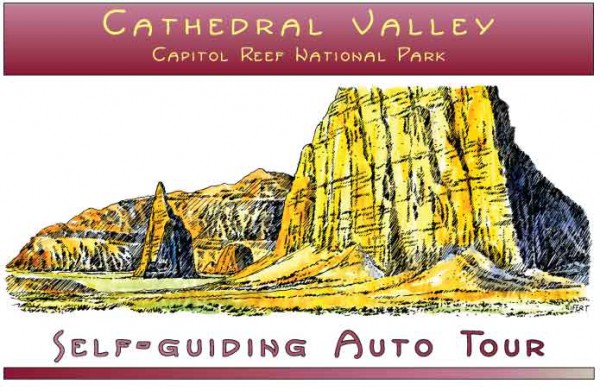
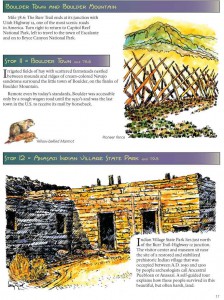
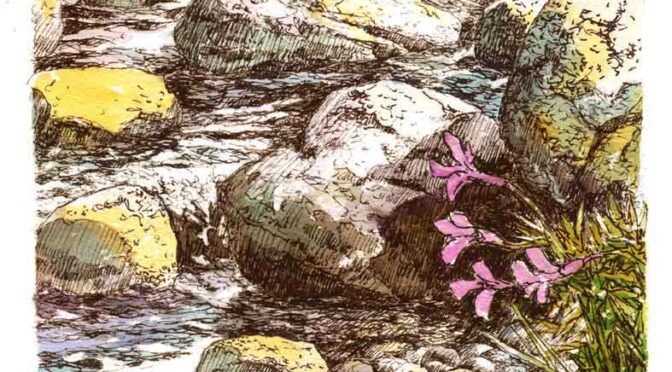
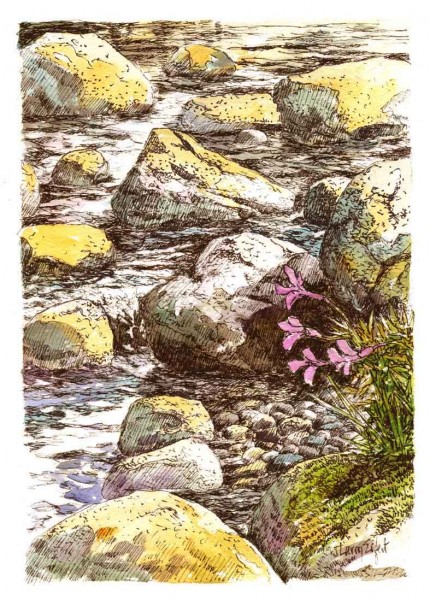
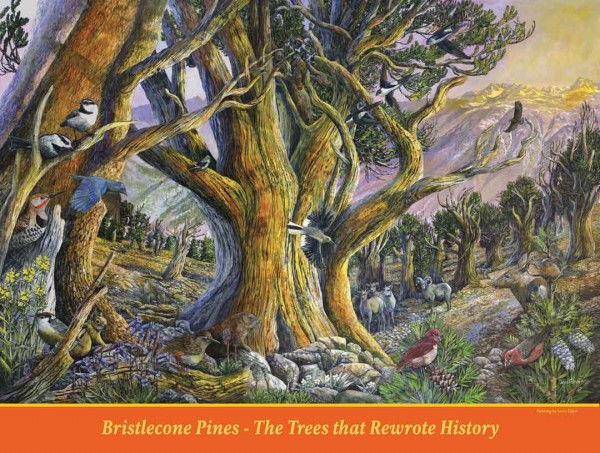
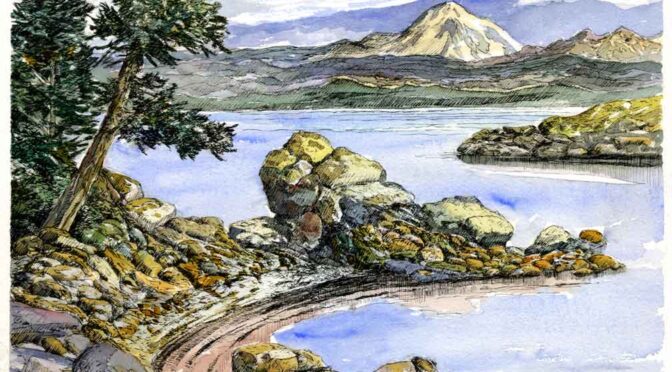
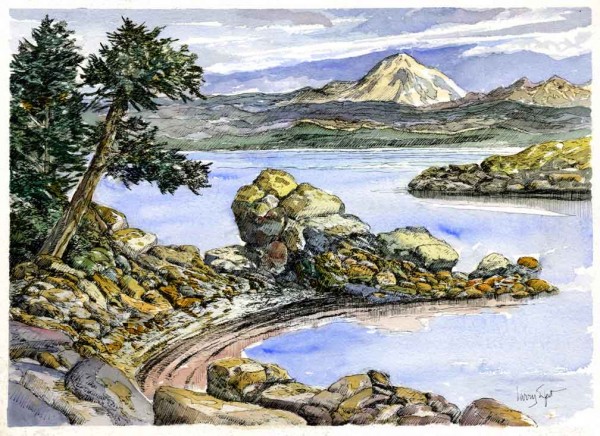
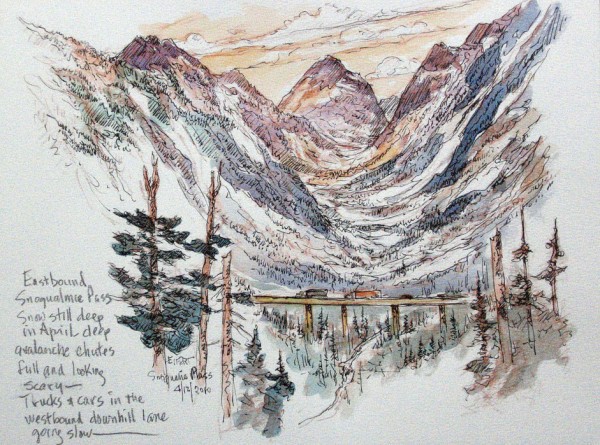
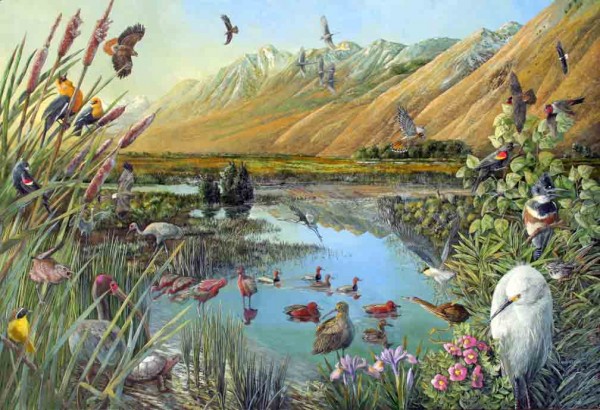
![brocklissslough[1]](http://larryeifert.com/wordpress/wp-content/uploads/2010/03/brocklissslough1-300x124.jpg)


